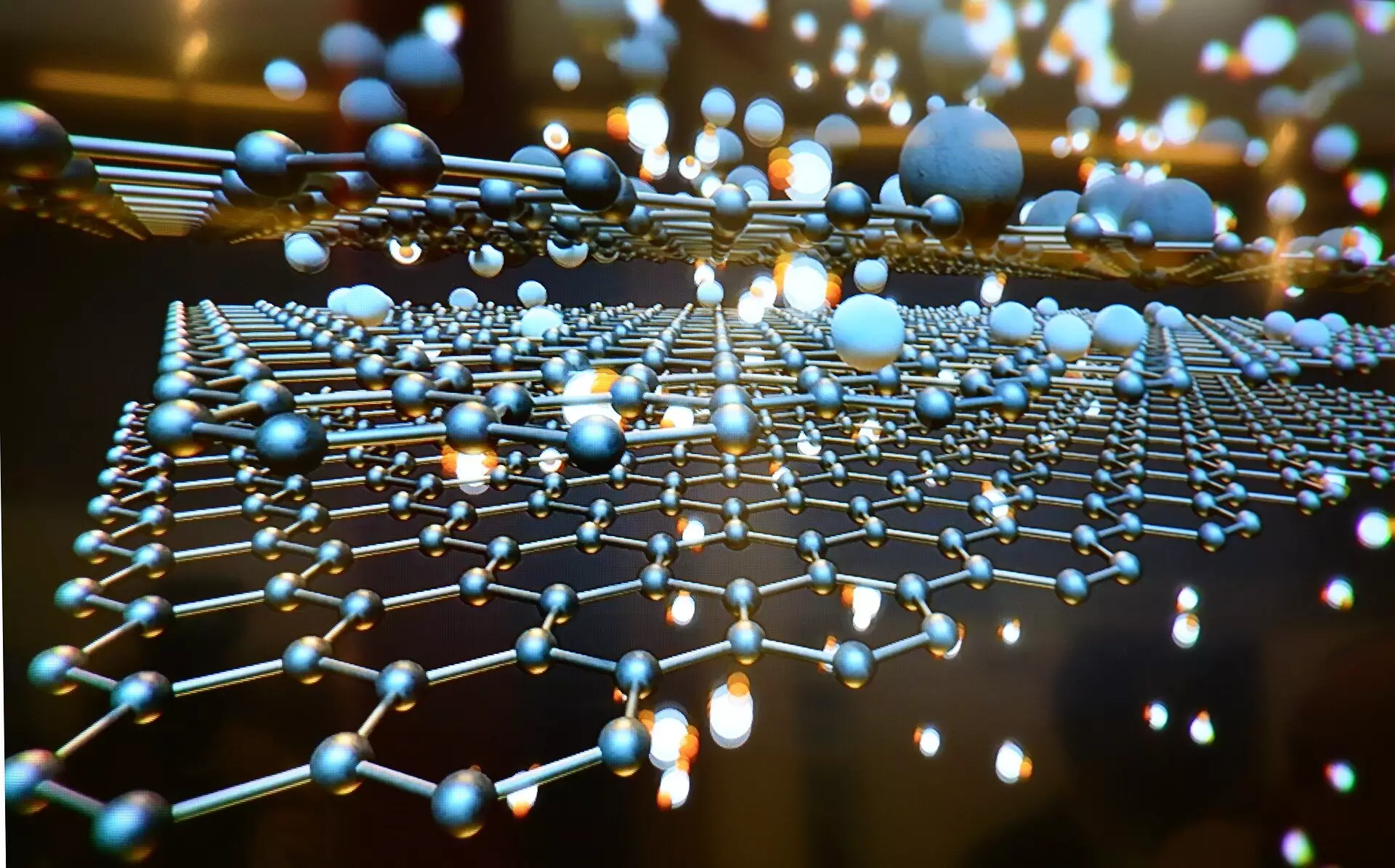Traditionally, the presence of voids or pores within a material has been viewed as a significant drawback, negatively impacting its mechanical integrity and performance. In the quest for stronger, more resilient materials, scientists have consistently aimed to eliminate these voids during the manufacturing process. However, recent groundbreaking research conducted by a team led by Prof. Jin Haijun at the Institute of Metal Research in China challenges this conventional wisdom. The findings suggest that, when introduced thoughtfully, voids can enhance the mechanical properties of materials rather than hinder them.
The research, published in the prestigious journal Science, introduces a novel material known as nanovoid dispersed gold (NVD Au). What sets NVD Au apart is its unique composition, which features a high density of nanoscale voids, ranging from just a few nanometers to several hundred. These voids are meticulously distributed within the gold matrix, creating a material that defies traditional perspectives on structural integrity.
The ingenious manufacturing process employed to create NVD Au involves utilizing a corrosion technique known as dealloying, paired with compression and thermal annealing. The result is not only a product that retains the desirable properties of gold but one that exhibits remarkable mechanical enhancements. According to the research team, the newly developed gold alloy displays superior strength and ductility in tension compared to its fully dense counterparts.
The impressive properties of NVD Au can be attributed to several key factors, principally enhanced dislocation-surface interactions and the suppression of crack formation mechanisms. In typical materials where voids are present from methods like powder sintering or additive manufacturing, the outcome is often detrimental, leading to brittleness and failure under stress. Yet, NVD Au’s nanoscale voids serve to strengthen the material, allowing it to bear greater loads and be elongated without succumbing to fracture.
Prof. Jin Haijun stated, “We achieved both NVD strengthening and density reduction simultaneously, thus realizing lightweighting.” This dual benefit of maintaining lightweight characteristics while enhancing strength opens up significant possibilities for applications across various industries.
Applications and Future Directions
The exciting implications of this research extend beyond the laboratory. The innovative NVD Au paves the way for advancements in sectors such as portable electronics, aerospace engineering, and various manufacturing domains. Products in these fields could become lighter and more efficient, all while maintaining or even enhancing the performance of traditional materials.
As the research team collaborates with institutions like the Liaoning Academy of Materials and Nanjing University of Science and Technology, the potential for scaling up this manufacturing technique and exploring its usefulness in diverse applications seems promising. In light of these findings, it is crucial for engineers and material scientists to reassess our understanding of voids in materials and consider how controlled porosity could be harnessed to create stronger, lighter, and more resilient products.
The work led by Prof. Jin Haijun represents a paradigm shift in material science, challenging long-held beliefs about the relationship between voids and material performance. By demonstrating that nanoscale voids can enhance mechanical properties when designed correctly, this research opens new avenues for innovation and technological progress, emphasizing the need for further exploration into the benefits of porosity in materials.


Leave a Reply